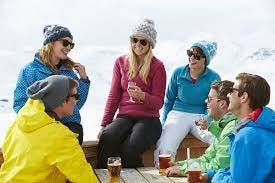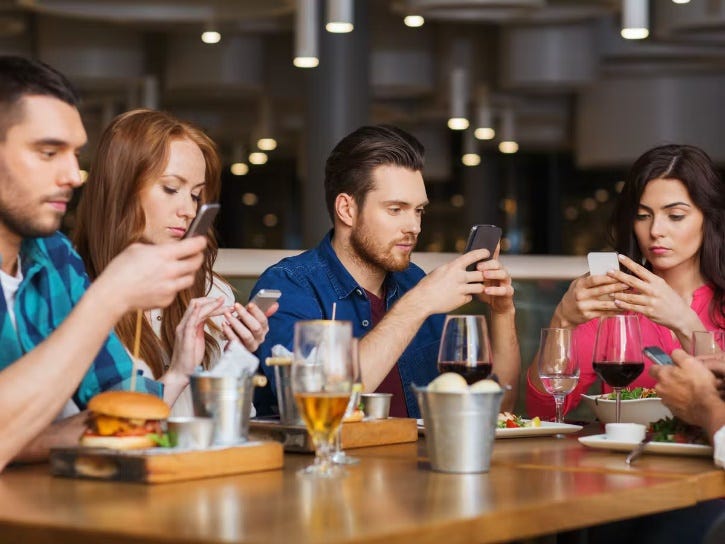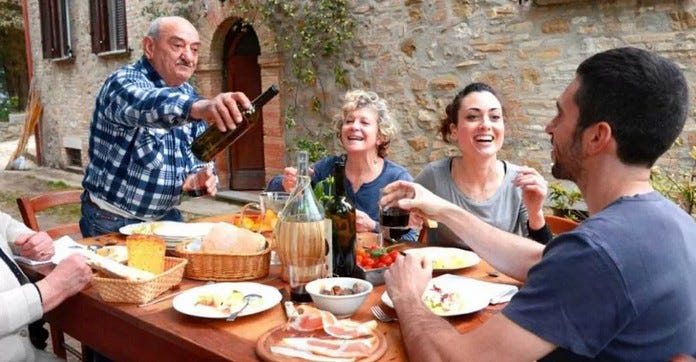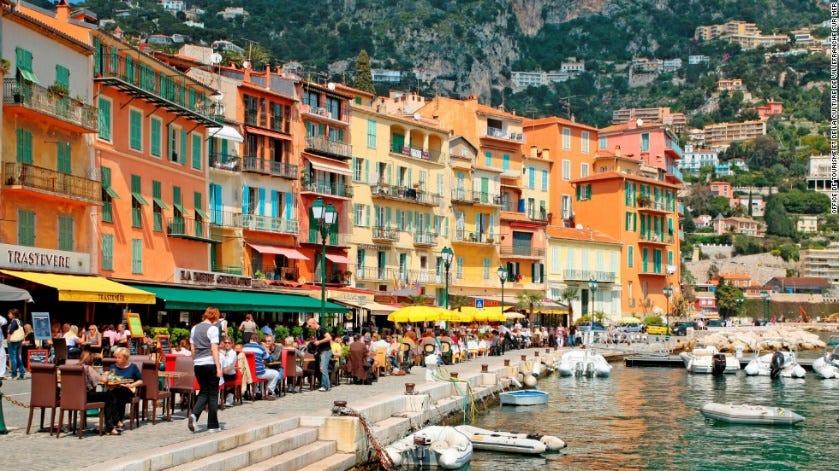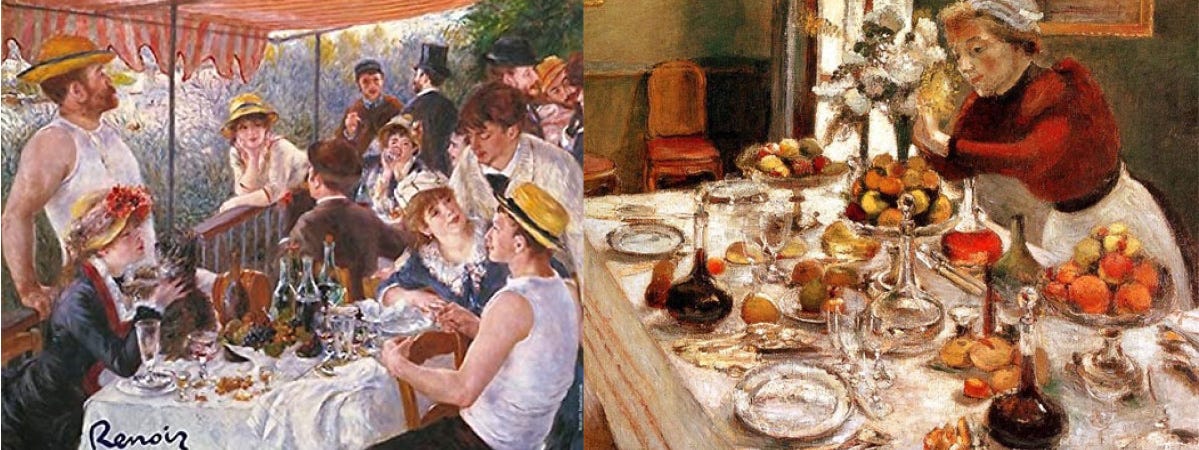The Social Contract
The Age of Enlightenment, also known as the Age of Reason, was an intellectual and philosophical movement that dominated Europe in the 17th and 18th centuries and marked the beginnings of the transition from traditional to more modern societies. It included a range of ideas centered on the value of human happiness, the pursuit of knowledge obtained by reason and the evidence of the senses, and ideals such as liberty, progress, toleration and fraternity. The central doctrines of Enlightenment philosophers were individual liberty and religious tolerance, in opposition to absolute monarchy and the fixed dogmas of the Church.
The Enlightenment spawned a moral and political philosophy that concerned the legitimacy of the authority of the state over the individual. This philosophy was termed “the social contract;” the consent of individuals to surrender some of their freedoms and submit to the authority of the state in return for protection of their remaining rights and the maintenance of social order. The relationship between natural rights and legal rights is often a topic of discussion when considering “the social contract.” [Consider the raging debates in our society today!] “The social contract” takes its name from a 1762 book by Jean-Jacques Rousseau entitled Du contract social ou Principes du droit politique. Its antecedents are found in Greek and Stoic philosophy and Roman and Canon Law. (Abstracted from Wikipedia.)
The moral and political version of “the social contract” is NOT what we are discussing here. Here we are discussing a more fundamental social contract, that of human-to-human relations and interactions, you, me, our families, our friends. Here our focus is how people relate to people, and given the nature of the topics of this blog, the human relationships surrounding eating … yes, around eating food … the community of the feast.
That we eat and what we eat are, of course, fundamentally important. However, it has been shown time and time again that where and how we eat are equally important.
Skiing is an individual sport; we each have to navigate the slopes ourselves. It is simultaneously a social sport; we prefer to ski in a group, family, friends, and even people we “bump into” in the lift line. Solitary skiing is the exception, not the rule.
After the last run of the day, what do we do? We head for après ski … our group gathers, we go to the area social hot spots, we meet up with others. Sometimes it is adults only; more often it engages all ages. It seems skiers and boarders readily enliven their social contract at the ski area; nurturing the social contract is almost effortless.
What about away from the ski hill?
We were in one of our favorite Mexican restaurants. A group of eight came in and were seated at the adjoining table; mom, dad, grandma, grandpa, and four children, aged twelve to eighteen, about. Every person pulled out their mobile phones or tablets and started scanning and texting; not one word was spoken. Even when the server approached for orders, no one was ready because they had not even looked at the menus laying on the table in front of each of them.
We were in another restaurant. A family of four was seated next to us. Mom immediately reached into her bag to remove two tablets that were handed to the four- and six-year-olds. Dad was on his phone; Mom joined on her phone as soon as the tablets, I mean pacifiers, were distributed. We were more taken aback when the adults ordered food but did not order anything for the children (maybe they had been fed at home before … hopefully).
We went to the Club for fish and chips (the best fish and chips in town are in the athletic club snack bar???). One of the Child Care adults arrived with five five- to seven-year-olds in tow; crayons and coloring books, no electronic devices. The booth was filled with animated conversation both amongst the children and with the adult caregiver.
Sorry, watching television as a group while eating is not part of the social contract, even if it is your favorite team.
I talked with my son about my observations; he’s a late-term millennial, naturally techno-sophisticated. Brian said amongst his friends everyone is multiple-device armed and uses technology to the fullest, but the unstated and individually enforced rule is when conversation starts all of the devices are silenced and put away. Technology is not allowed to interrupt the social contract. [Maybe there is hope for the future of society?]
The village of Troyes within the Champagne region of France was the birthplace of the Knights Templar. At that time the average lifespan was about 40. The Templars apparently lived considerably longer and their longevity has been attributed to community eating. The Templar diet was similar to that of Medieval peasants, legumes, vegetable, fruits, olives, root vegetables, grains, bread, and sparse fish and meats. Because of their travels into the Holy Lands, the Templar diet was supplemented with foods from the East. It should also be acknowledged that Templar life was filled with physical activity; perhaps more so than peasants eking out a subsistence existence.
Some cultures have long-established communal eating rites that continue today. Be invited to an Italian family household for dinner (prepare for a long evening!). Multiple generations, animated gesturing, cacophonous voices accompanying bounteous courses … antipasto, primo, secondo, contorno, desert or dolce, al minimo. More days of the week than not. Buon appetito.
For the French, food is not a part of life, it is life. The French take eating seriously; lunch is three courses (even if one is just a small block of cheese), typically over about two hours; dinner languishingly more delightful. The French desire for the best, the best ingredients, the best chefs, the best eating experience, the best companionship, is what unites them and sets them apart from others in the world. Bon appétit.
While the Seder dinner derives from religious tradition, it is a spiritual and communal experience filled with ritual and in which some of the food has symbolic meaning. The Jewish tradition of family is expansive, and very often includes friends, neighbors and social acquaintances who share a common heritage. For Christians Easter is analogous, a spiritual and communal day.
Communal eating has been enshrined in art all through history; it is foundational to the human social contract.
How is communal eating beneficial? We are not talking about formal dinners or special events; we are talking about every day communal eating. All it takes is two people to make a community, although the more the better.
Eating is a physical and emotional necessity. By creating a physical closeness to people, it fosters social bonding and improves communications. We learn more about the people around the table, what is going on in their life, their past, their attitudes, their hopes and dreams. It is easier to bring up tough subjects over food. Food just tastes better as we eat in conjunction with family and friends. Home cooked meals jointly prepared improves the quality of diet; we also eat less and snack less. Family dinners at the table help develop positive habits in children that serve them well through their lives. It has been shown that food metabolizes better in our bodies when eaten in the company of others.
The social ties of communal eating have been shown to have a positive impact on longevity … more time to ski.
Giles L., G. Glonek, M. Luszcz, and G. Andrews, “Effect of Social Networks on 10 Year Survival in Very Old Australians: the Australian Longitudinal Study of Aging,” J Epidemiol Community Health. 2005;59(7):574-579. doi:10.1136/jech.2004.025429; House J., C. Robbins, and H. Metzner, “The Association of Social Relationships and Activities with Mortality: Prospective Evidence from the Tecumseh Community Health Study,” Am J Epidemiol. 1982 Jul;116(1):123-40. doi: 10.1093/oxfordjournals.aje.a113387.
Think about the deep impact of social eating. Probably our first reaction is to relax. Sharing a meal is an early event when courting a partner. It’s a “safe” time; we begin to reveal our true selves to each other in the knowledge that the meal will come to an end. When we want to do something special for someone, often the first impulse is to share a meal. Ever close a business relationship over a meal? How we conduct ourselves yields a window into our personality. Communal eating helps soften the blow of sad life events, for example, the gathering after a funeral.
Certain dates readily evoke conviviality and a sense of community around the table … the 4th of July, Memorial Day, Thanksgiving, Christmas, Labor Day, Easter. So do certain events like the rehearsal dinner before a wedding that brings together two families to be fused into one on the morrow. The trick is to capture the sense of social connection of those “special” days and make it part of our daily lives, to make almost every meal a social contract with our families and friends.
It has long been lamented that Americans have abandoned communal dining outside special occasions. The dining room is rapidly disappearing from the American home (it has long been a dust collector, used only on special occasions). To the extent we sit around a table, that table is now in the kitchen. More often than not, the kitchen table is a transitory stop on the way out the door … “grab and go” is not just for drive through restaurants, and Eggos and Pop Tarts are not real “food.”
Yes, our lives are busy … kids in sports, working late, we just don’t feel like fixing dinner. However, in our calendar-driven lives we need to make time for community dining, for our own health as well as for the health of our society. Mute your phone, or better yet, turn it off; leave it in another room. Sit with family and friends; see their faces, hear their words, speak your words. We need to slow down … be together, eat together, build closer families and communities, and share more delight.




